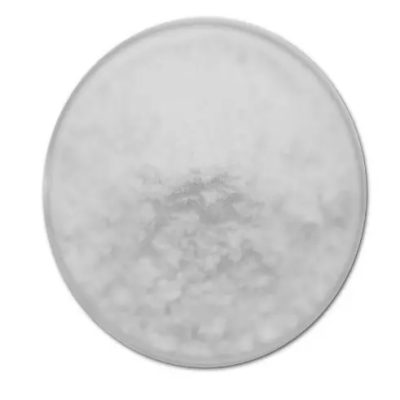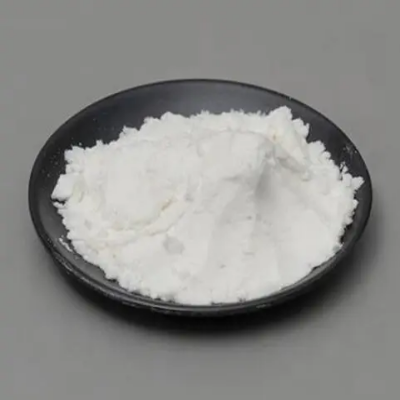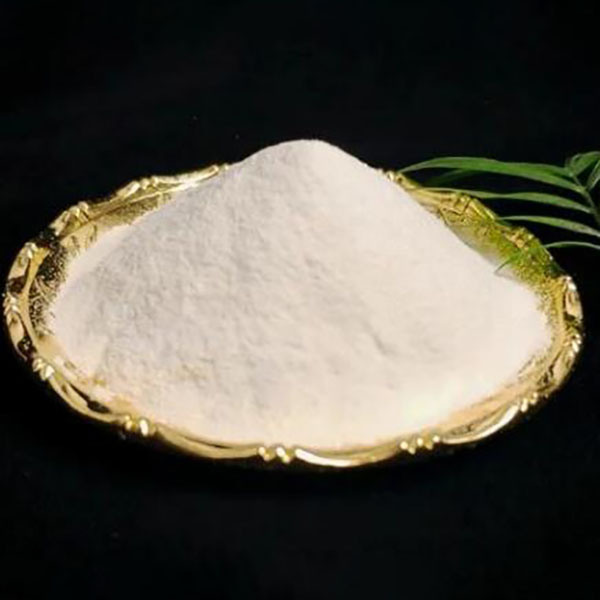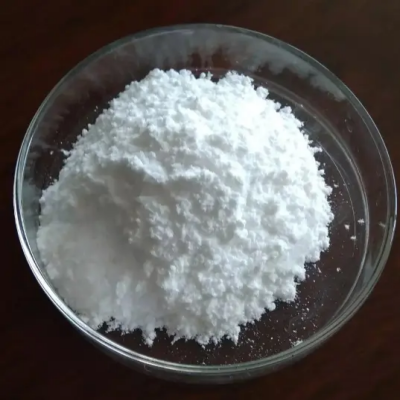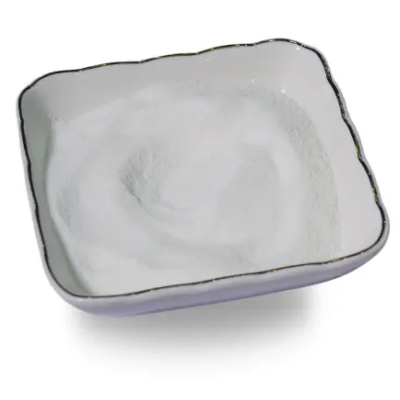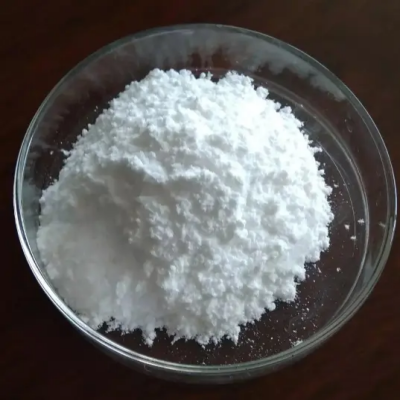2,6-dichloro-3-fluorobenzonitrile CAS:136514-16-4
2,6-Dichloro-3-fluorobenzonitrile, with the molecular formula C7H3Cl2FN, belongs to the class of halogenated benzonitriles, which possess various applications in industry and research. The compound features two chlorine atoms located at the 2 and 6 positions and a fluorine atom at the 3 position on a benzene ring, along with a cyano group (-CN) attached to the aromatic structure. The introduction of halogens like fluorine and chlorine can significantly modify the physical and chemical properties of organic molecules. In the case of 2,6-dichloro-3-fluorobenzonitrile, the electronegative nature of these halogens influences the compound's electron density and stability, making it a candidate for applications in agrochemicals, pharmaceuticals, and advanced materials. Its unique structure may also impart interesting characteristics such as increased solubility in organic solvents and enhanced interaction with biological targets. From a synthetic perspective, 2,6-dichloro-3-fluorobenzonitrile serves as an important intermediate in the production of more complex molecules. It can participate in various reactions, including nucleophilic substitution and cross-coupling reactions, which are vital for creating diverse chemical libraries for drug discovery. Moreover, the nitrile functionality can be transformed into amines, acids, or other nitrogen-containing groups, expanding its utility in synthetic chemistry. Overall, 2,6-dichloro-3-fluorobenzonitrile stands out as a multifunctional building block, bridging the gap between simple organic compounds and complex bioactive substances, thereby contributing significantly to both synthetic and applied chemistry realms.



| Composition | C7H2Cl2FN |
| Assay | 99% |
| Appearance | white powder |
| CAS No. | 136514-16-4 |
| Packing | Small and bulk |
| Shelf Life | 2 years |
| Storage | Store in cool and dry area |
| Certification | ISO. |




